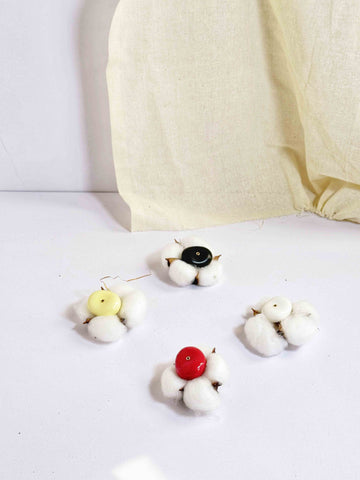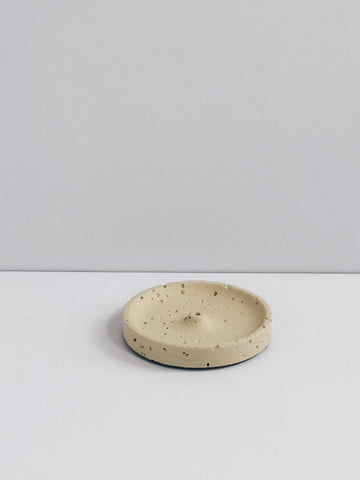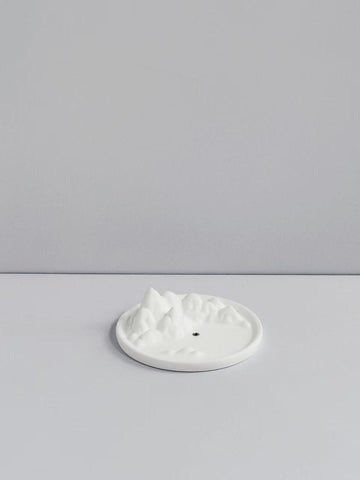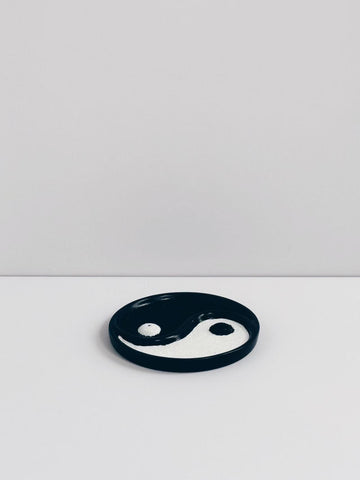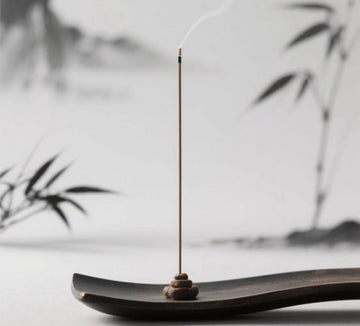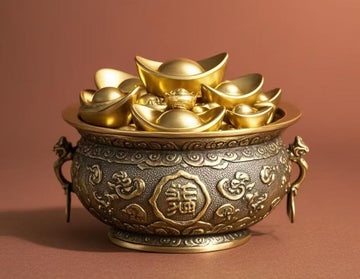A Fragrant Conversation Between Incense and Perfume
When we think of fragrance, we often picture a mist of perfume landing delicately on the skin — a signature scent that tells the world who we are. But there’s another, quieter voice in the fragrance world — one that doesn’t shout, but whispers. It doesn’t follow you out the door, but waits patiently at home. This is the voice of incense.
In perfumery, incense is more than just a smoky note in a bottle. It’s a deep-rooted practice, a culture, a ritual. It connects us to space, time, memory, and spirituality. But how exactly does incense fit into perfumery — and how does it differ from what we usually call “perfume”?
Let’s explore this question deeply — not just from the perspective of olfactory function, but from the emotional and cultural meanings embedded in both incense and perfume.
Perfume: A Scent for the World to Smell
Perfume is personal — but it’s also social. You wear it on your skin, on your clothes, or in your hair. It's designed to be noticed. A splash of fragrance tells your coworkers something about your style. A romantic scent on a date may become a memory for someone else. Perfume is public.
In perfumery, scents are meticulously composed using layers of top, middle, and base notes. These layers are built with carefully blended essential oils, aromatic compounds, and fixatives, often dissolved in alcohol. The artistry lies in how these layers unfold over time — how citrus fades into florals, and how musks linger long after the first impression.
But at its core, perfume is a presentation. You wear it when you go out. It’s part of your identity, but curated for others to experience. And that’s a beautiful thing.
Incense: A Scent for the Soul
Incense, especially in its traditional Chinese form, works in the opposite way. You don’t wear it — you burn it. You don’t carry it outside — you keep it inside your home, in your personal sanctuary.
When someone enters your space and catches the gentle trail of incense, they begin to understand something about you. The scent might suggest that you value peace, mindfulness, or spiritual balance. It might reflect your taste for earthy sandalwood or the depth of ancient agarwood. Unlike perfume, incense speaks to those you invite in — or just to yourself.
Incense is private, reflective, spiritual. It doesn’t chase attention. It offers calm, clarity, and introspection.
The Deeper Chemistry: Essential Oils vs. Natural Materials
This is where the contrast becomes even more fascinating. Perfume relies on distilled, extracted, and refined oils. These essential oils are concentrated expressions of raw material — rose petals, cedar bark, citrus peel — often blended into complex formulas by trained perfumers. Their goal is to achieve harmony, character, projection, and longevity on the skin.
Incense, in its purest form, works differently. Traditional Chinese incense sticks (线香), for instance, are made from whole, raw ingredients — aromatic woods like agarwood (沉香), sandalwood (檀香), frankincense, and herbs — finely ground and combined with natural binders. These ingredients are not distilled into oil. They retain their original texture, shape, and scent profile.
When burned, incense doesn’t release just one note. Instead, it transforms through fire — allowing its materials to merge and shift, offering a scent that’s both immediate and subtle, raw and complex. This is more than just fragrance. It’s a kind of alchemy, one where nature and time shape the aroma, not just human blending.
Perfume as Artistry, Incense as Philosophy
A skilled perfumer is like a painter — creating emotional impressions with scent. A spritz of perfume might say: “I am bold,” or “I am elegant.” The art is in the balance and evolution of ingredients.
But incense is more than balance. It is intention. It’s about why you burn it, when, and where. It might be part of your morning ritual, your evening meditation, or a moment of stillness before sleep.
Perfume asks: What image do I want to project to others?
Incense asks: What feeling do I want to cultivate within myself?
This difference runs deeper than fragrance. It’s philosophical.
When Incense Becomes Perfume — and Vice Versa
In recent years, the boundary between incense and perfume has started to blur. Some incense products are now made using synthetic fragrance oils — powerful, room-filling, almost perfume-like. These often mask the natural scent of the incense materials. As a result, some incense begins to resemble perfume — strong, immediate, and more about fragrance than ritual.
At the same time, many modern perfumes now include incense notes, like frankincense or myrrh, to add mystique and warmth. Niche perfumery brands frequently use incense to evoke sacred spaces, ancient rituals, or even solitude.
This cross-pollination can be beautiful — but it also leads to confusion. Consumers may begin to expect incense to be as strong and dramatic as perfume. But true incense is not meant to overpower. It is meant to envelop quietly — to support your inner world, not dominate your outer one.
Why Incense Should Stay Gentle
Not everyone can tolerate strong incense. Even when natural, a heavy, intense scent — especially in a closed indoor environment — can lead to headaches, fatigue, or discomfort. When incense is too strong, it distracts rather than calms. It becomes a performance, not a practice.
This is not even about harmful chemicals (though synthetic incense often includes them). Even pure incense, if overly concentrated or designed to imitate perfume, can lose its original purpose: to soothe, to center, to heal.
As lovers of incense, we must protect its subtlety. Its magic lies in how the scent appears and disappears, like a thought passing through the mind. Just enough to notice — never enough to overwhelm.
A Comparison Table: Incense vs. Perfume
|
Feature |
Perfume |
Incense (Traditional) |
|
Application |
Worn on skin |
Burned in space |
|
Visibility |
Public, outward-facing |
Private, inward-facing |
|
Fragrance Source |
Essential oils, synthetic blends |
Raw wood, herbs, natural resins |
|
Purpose |
Impression, seduction, style |
Reflection, calm, spiritual focus |
|
Strength |
Medium to high |
Light to moderate (ideally) |
|
Duration |
Hours on skin |
30–60 min in space (per stick) |
|
Cultural Role |
Fashion, identity |
Ritual, meditation, ambiance |
Why Incense Still Matters in the Age of Perfume
In today’s fast-paced, image-driven world, it’s easy to forget the value of slowness. Perfume fits the modern rhythm — spray, go, impress. Incense invites a different tempo. It slows you down. It asks you to be present.
For those who burn incense at home — especially Chinese coreless incense — it becomes a kind of self-discovery tool. One blend might help you sleep better. Another might bring clarity during meditation. A guest might walk into your home and instantly feel something intangible: that you value peace, that your taste is refined, that you’re in pursuit of something deeper than style.
Incense doesn't just fill the air with scent. It charges the space with meaning.
Final Thoughts: Incense and Perfume Both Belong — But in Different Worlds
So, what is incense in perfumery?
It is not simply a smoky note in a bottle. It is a parallel path — one that shares the language of scent but speaks a different dialect. It is more than decoration. It is declaration — not of who you are to the world, but who you are when no one’s looking.
Perfume is for the public self.
Incense is for the private soul.
They are both beautiful, both valuable, both crafted with care. But understanding their differences helps us appreciate them more — and use them with deeper respect.
If you wear perfume, do it boldly. Let it say what you want it to say. But when you light incense, let it say nothing. Let it simply be. Let it guide you inward.

